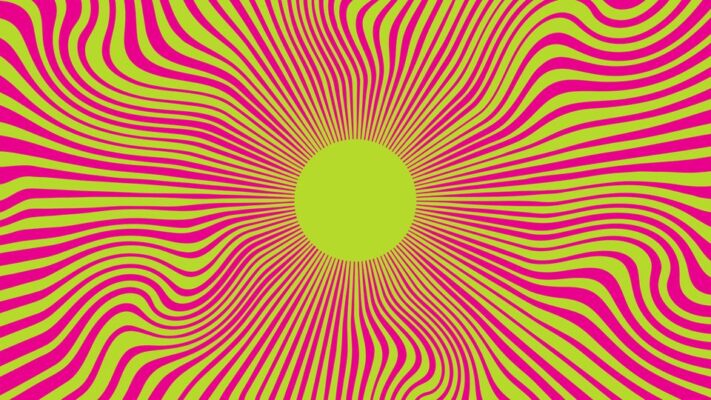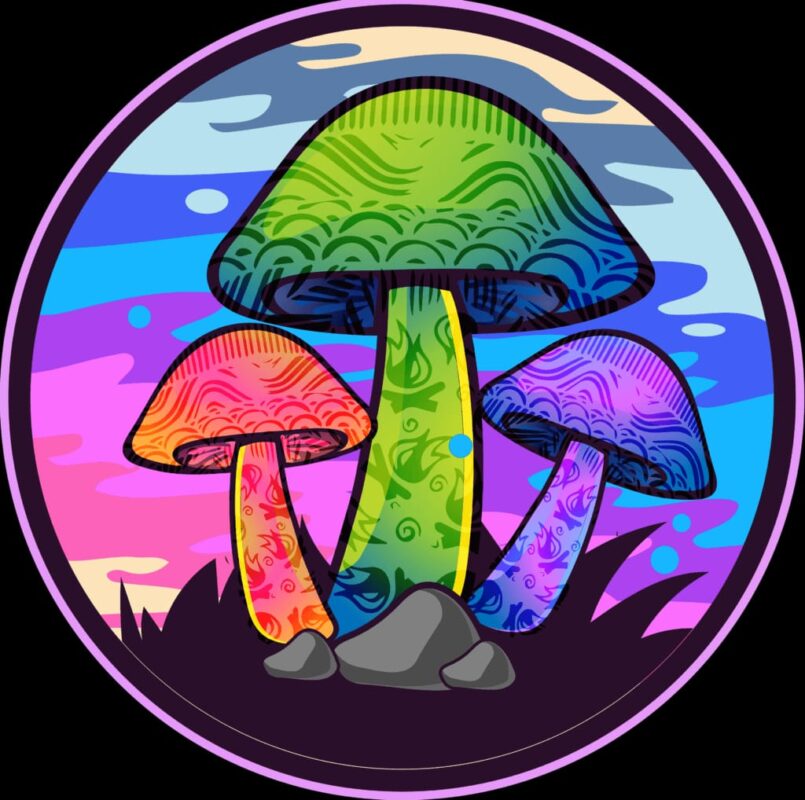Blog
Differences Between LSD,Psilocybin And DMT
The Fascinating World of Psychedelic Substances: Benefits, Uses, and Research
Firstly,Psychedelic drugs or psychedelic substances have gained a lot of attention from researchers, clinicians, and members of the public. These psychoactive substances—including LSD, psilocybin, and DMT—have been used for a very long time in many different cultures and are currently being studied for their possible medical applications and distinctive effects on consciousness. Also,we will discuss what psychedelic drugs are, their advantages, recent studies, and their potential applications in the treatment of mental illness in this blog article, shop here.
What Are Psychedelic Substances?
A class of chemicals known as “psychedelics” profoundly affects mood, perception, and cognitive abilities. They mainly affect the brain’s serotonin receptors, which causes significant alterations in awareness. Typical instances of psychedelic drugs are:
- LSD (Lysergic acid diethylamide): A synthetic psychedelic known for its long-lasting and intense effects.
- Psilocybin: A naturally occurring compound found in magic mushrooms, renowned for its mind-expanding properties.
- DMT (Dimethyltryptamine): A powerful psychedelic found in various plants and animals, often consumed in the form of ayahuasca.
The Benefits of Psychedelic Substances
1. Mental Health Treatment
Psychedelic drugs have been found in recent research to have important positive effects on mental health. According to research, they might help reduce the symptoms of:
- Depression: Psychedelics can lead to lasting improvements in mood and emotional well-being.
- Anxiety: Many users report reduced anxiety levels following psychedelic experiences.
- PTSD (Post-Traumatic Stress Disorder): Psychedelics have been shown to help individuals process trauma and reduce symptoms of PTSD.
2. Enhanced Creativity and Problem Solving
Using psychedelics has been associated with enhanced creativity and original problem-solving skills. Artists, writers, and innovators find psychedelics appealing because users frequently claim increased inspiration and the capacity to think creatively and unconventionally.
3. Spiritual Experiences and Personal Growth
A great deal of people who use psychedelic drugs talk of having deep spiritual experiences, which can cause long-lasting viewpoint shifts. Personal development and self-discovery are facilitated by these encounters, which frequently cultivate a sense of purpose and interconnectedness.
4. Neuroplasticity and Brain Health
According to recently developed studies, psychedelics may enhance neuroplasticity, or the brain’s capacity to rearrange itself through the creation of new neural connections. This may pave the way for novel approaches to the treatment of neurodegenerative illnesses and has implications for trauma and damage rehabilitation.
Current Research and Future Directions Of Psychedelic substances
Numerous clinical trials and research have been conducted as a result of the renewed interest in psychedelic drugs. Leading organizations in the field of psychedelic therapy research include the Multidisciplinary Association for Psychedelic Studies (MAPS) and Johns Hopkins University. Their discoveries are essential for comprehending the workings of these drugs’ processes as well as their possible uses in the treatment of mental illness.
Legal and Ethical Considerations
Talks about the legality and morality of psychedelic usage are becoming more and more crucial as their popularity soars. Certain psychedelics have been decriminalized or made lawful in some areas for therapeutic purposes, but others are still adamantly against it. It is imperative that this subject be handled carefully, weighing any potential advantages against concerns for public safety and ethics, click here to shop.
Understanding the Differences Between LSD, Psilocybin, and DMT As Psychedelic substances
Due to their distinct effects on consciousness and possible therapeutic benefits, psychedelics have attracted a lot of research. The most well-known psychedelics are DMT (dimethyltryptamine), psilocybin (found in magic mushrooms), and LSD (lysergic acid diethylamide). Even if they are similar in certain ways, they differ in other ways as well. Here’s a closer look at every material.
LSD (Lysergic Acid Diethylamide)
Origin and Structure:
Swiss chemist Albert Hofmann created the synthetic substance known as LSD for the first time in 1938. It comes from a fungus called ergot, which thrives on grains like rye.
Effects:
Strong psychedelic effects that continue for eight to twelve hours are the hallmark of LSD. A altered sense of time, auditory and visual hallucinations, and significant cognitive alterations are frequently reported by users. Depending on the person and the environment, the experience can be extremely introspective and result in either euphoric or anxious feelings.
Mechanism:
The main way that LSD binds to serotonin receptors is as an agonist, especially at the 5-HT2A receptor, which is thought to be important for the psychedelic effects of LSD.
Psilocybin
Origin and Structure:
Some types of mushrooms naturally contain psilocybin, a hallucinogenic substance that is sometimes referred to as “magic mushrooms.” Psilocin, which is produced when psilocybin is consumed, is what gives it its hallucinogenic properties.
Effects:
Psilocybin usually has effects that persist for four to six hours. Users frequently report experiencing increased emotional experiences, warped reality views, and visual distortions. Similar to the experiences gained from LSD, many report experiencing a sense of oneness and spiritual insights that are typically characterized as more earthly and grounded.
Mechanism:
Psilocybin’s psychedelic effects are partly attributed to its action on serotonin receptors, specifically the 5-HT2A receptor, which is likewise a function of LSD.
DMT (Dimethyltryptamine)
Origin and Structure:
Natural psychedelics like DMT can be found in a variety of plants and animals. It is frequently ingested as ayahuasca, a traditional South American beverage made by combining plants that contain DMT with others that prevent the body from breaking it down.
Effects:
When smoked or vaporized, DMT usually has strong, short-lasting effects that last between 15 and 60 minutes. Reports of intense visual hallucinations, contacts with extraterrestrial beings, and profound spiritual experiences are common among users. There may be an overwhelming sense of intensity from the event, which dissolves the ego.
Mechanism:
DMT differs from LSD and psilocybin in that it acts on serotonin receptors, specifically the 5-HT2A receptor, but it does so quickly and with a shorter half-life.
Key Differences Of The Psychedelic substances
- Duration: LSD effects can last 8 to 12 hours, psilocybin lasts 4 to 6 hours, and DMT effects are much shorter, typically lasting 15 to 60 minutes.
- Source: LSD is synthetic, psilocybin is naturally occurring in mushrooms, and DMT is found in various plants and animals.
- Intensity and Experience: DMT is often described as the most intense psychedelic experience, while LSD and psilocybin provide longer, more gradual journeys that can be deeply introspective.
Conclusion
Furthermore, though all three are classified as psychedelics, LSD, psilocybin, and DMT differ in terms of how long they last, where they come from, and the kinds of experiences they cause. Individuals can utilize this knowledge to make more educated decisions regarding their use and possible therapeutic applications. Also,these substances’ benefits for mental health and personal development are being acknowledged more and more as study on them expands, check out our shop here.

